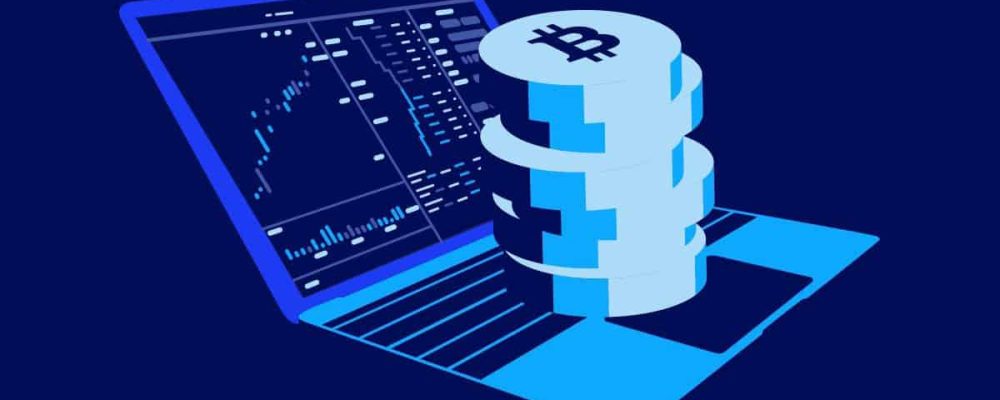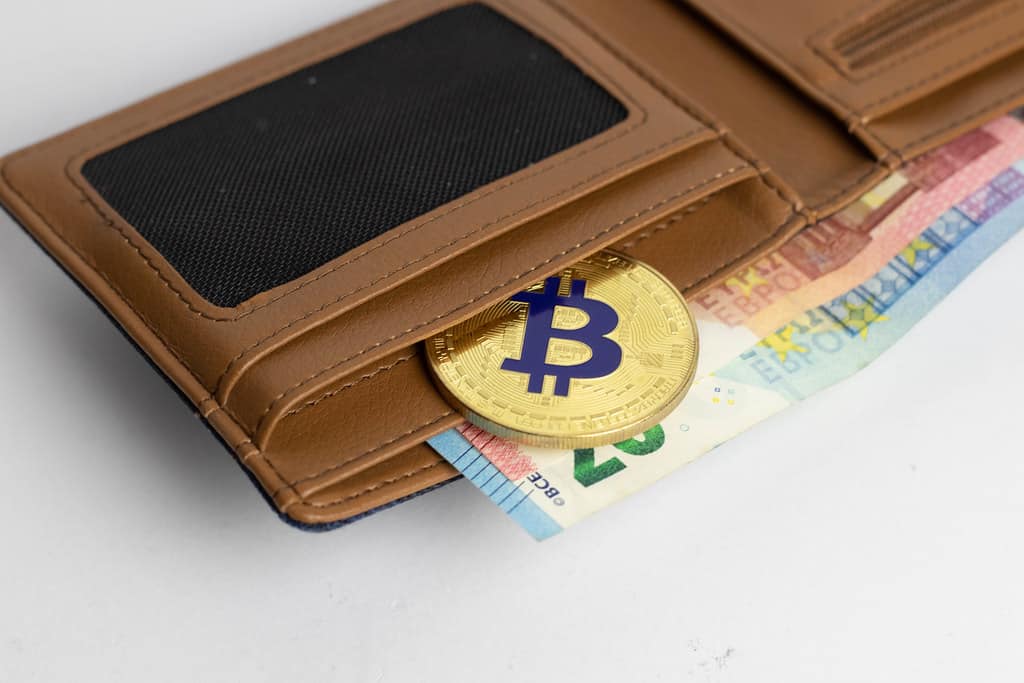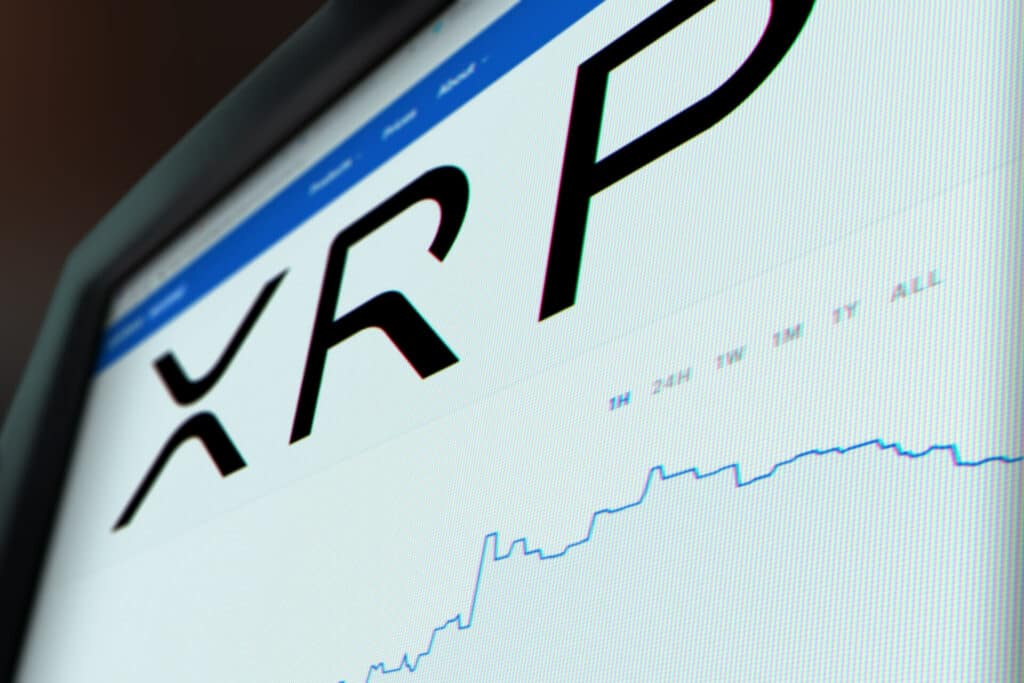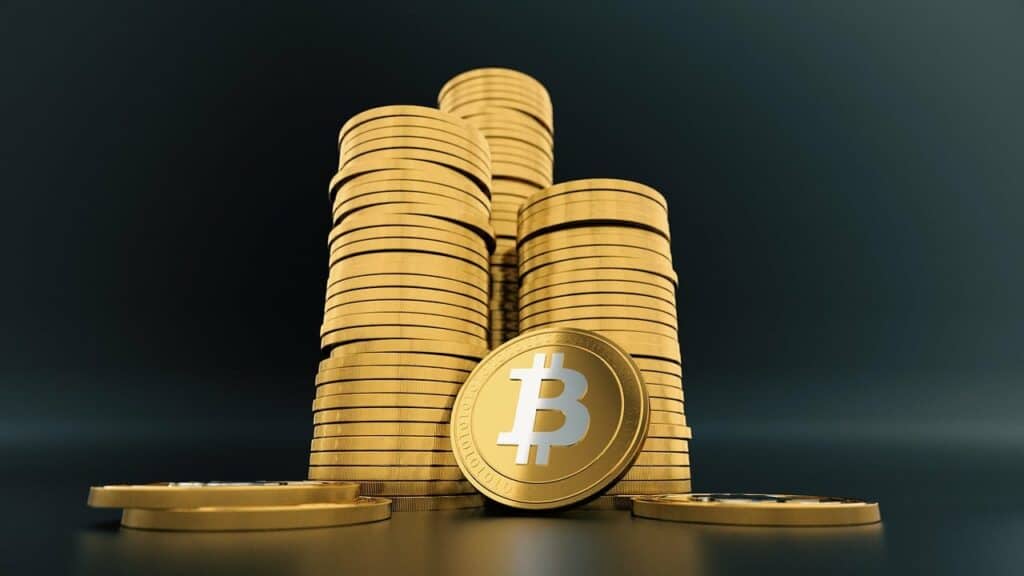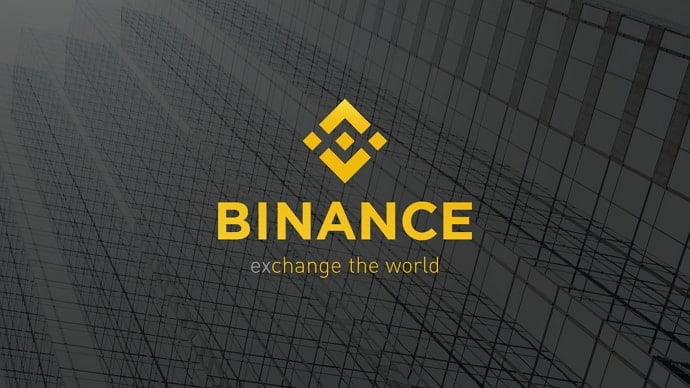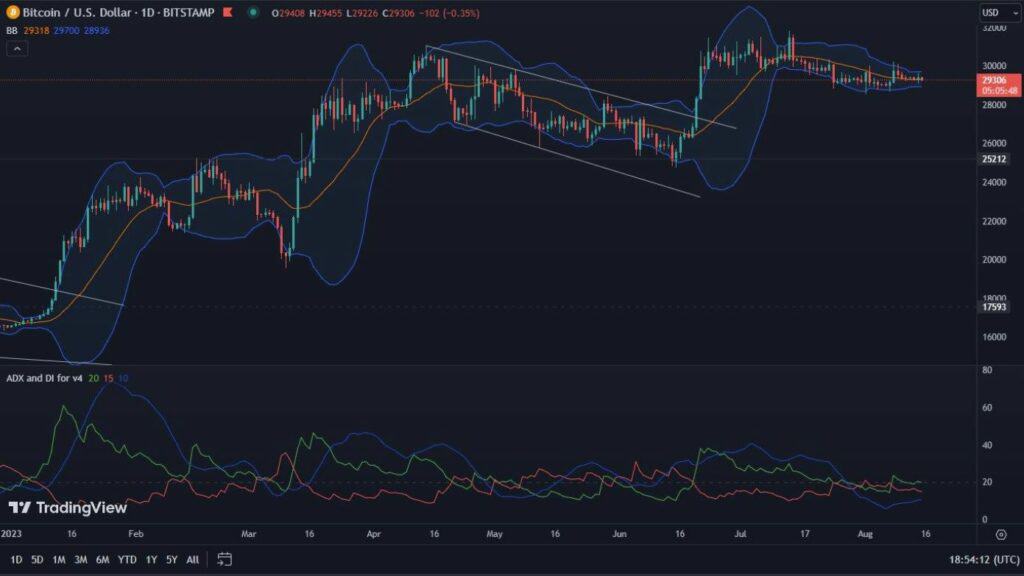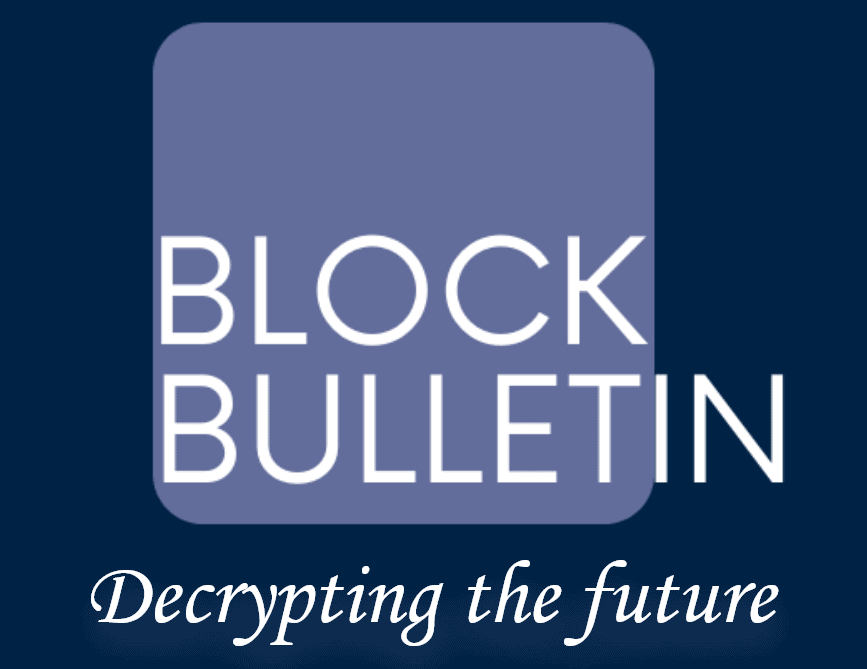Yield farming is a trend we constantly hear about, especially in 2021. Maybe it’s because of this that yield farming is impossible to pass by, and many circles have very extreme opinions about it. So what does this mysterious phrase mean, and can it bring you any value? We answer these questions, as well as others, right here in this article.
What is yield farming?
Imagine the following situation (which you probably know from your own life): you deposit a certain amount of money in your savings account, and earn interest on it. Not many people think about it, but another way of putting money in the bank is to lend it to the bank, right? Well! Who says you can’t do the same with cryptocurrencies?
That, in its essence, is what “yield farming” is, which is often also called “liquidity harvesting”. By doing “yield farming”, you are essentially lending out your cryptocurrency assets, earning interest on a certain amount of the loan. Thus, you can think of “liquidity harvesting” as a long-term investment strategy.
So how does the title “yield farming” work?
To begin with, you need to ask yourself one question: do you know what dApps are? Decentralized applications, or dApps (decentralized apps), are services that run without central control. Their source code is open and freely available, and they run not on a single central server, but on a peer-to-peer network that is based on a particular blockchain (usually the Ethereum blockchain, but not always). A decentralized app also has a consensus mechanism, and is also often based on smart contracts, so that, as we mentioned – it doesn’t need to have a central authority controlling its operation. To the end user, a dApp will look just like an ordinary application – its interface is no different from the interface of applications we use every day.
Now that we know what dApps are, we can go directly to how “yield farming” works. In its most basic version, you lend your digital assets, such as DAI tokens or BTC, through a decentralized application (for example, the Compound app) to end users, namely borrowers. Borrowers use borrowed tokens very often to speculate on the price, however, that is not what this article is about. Applications such as Compound allow lenders to earn interest on the amount borrowed.
Is there profit to be made from “yield farming”?
Sounds great, doesn’t it? Absolutely! However, you should also remember that yield farming is still new on the market, just like cryptocurrencies. And while you can gain a lot from them, you can also lose a lot. That’s why every investment should be supported by hard evidence of a possible return, as well as research – which we encourage every reader to do.

